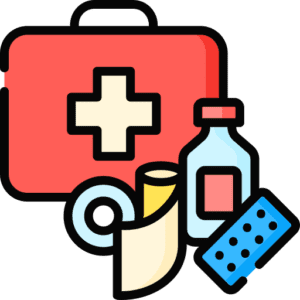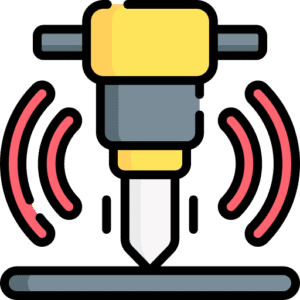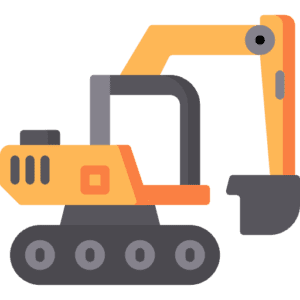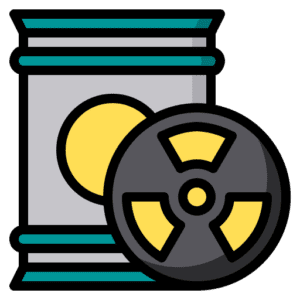CSCS Manual Handling Test
Why is Manual Handling Safety Important?
Manual handling tasks, such as lifting, carrying, and moving heavy objects, are common on construction sites. Poor manual handling techniques can lead to serious injuries, including back strain, muscle damage, and long-term musculoskeletal disorders. The CSCS Manual Handling Test ensures that workers understand safe lifting techniques and how to minimize injury risks.
What Will You Learn in This Test?
This test assesses your knowledge of manual handling risks, correct lifting techniques, and workplace safety regulations. By taking this test, you will learn:
The dangers of improper lifting and carrying techniques
How to assess risks before handling loads
Safe manual handling techniques to prevent injuries
The importance of mechanical aids, such as trolleys and hoists
Employer and employee responsibilities under health and safety laws
Key Topics Covered:
Common Manual Handling Injuries – Back injuries, muscle strains, and repetitive strain injuries.
Risk Assessment – Identifying hazards before lifting and carrying objects.
Safe Lifting Techniques – Correct posture, bending, and handling heavy loads.
Use of Mechanical Aids – Trolleys, forklifts, and lifting equipment to reduce strain.
Legal Responsibilities – Compliance with the Manual Handling Operations Regulations.
Why Take This Test?
Reduce the risk of workplace injuries by following best practices.
Stay compliant with manual handling safety regulations.
Improve workplace safety by adopting correct lifting and carrying techniques.
Prepare for the CSCS Manual Handling Test today and ensure you are handling loads safely and efficiently!

















